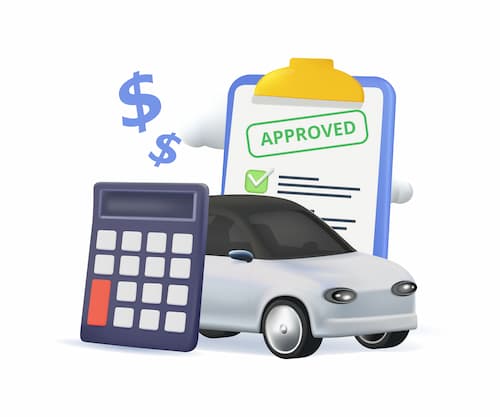When should I add flood coverage to car insurance?
If you live in an area prone to floods or want to ensure protection against flood damage, you can typically add flood coverage to your auto insurance policy. This additional coverage will safeguard your vehicle against losses resulting from flood-related incidents.
When does car insurance cover flood damage?
Auto insurance typically covers flooding when you have purchased comprehensive coverage as part of your policy. Comprehensive coverage is an optional type of car insurance coverage that protects your vehicle against various non-collision-related damages, including flooding.
If your car gets damaged due to flooding caused by natural disasters like heavy rains, hurricanes, or other weather-related incidents, your comprehensive coverage will kick in to help cover the costs of repairing or replacing your vehicle up to the policy's limits and deductibles.
Review your policy documents carefully, understand the coverage limits, and contact your insurance provider directly to clarify any doubts or specific situations you want to be sure are covered. Insurance policies and regulations can vary based on the provider and the location.
How to file a car insurance claim after a flood
If your car sustains flood damage, follow these steps to file a claimAn insurance claim is a request you make to your insurance company for coverage after your car is damaged or you have an accident. You can file a claim online, by phone, or in writing.:
- Contact your insurance company: Call up your insurance company or visit their website to initiate the claims process.
- Provide necessary information: Be prepared to provide your policy details, including your policy number and the date and time of the incident. You may also need to describe the damage incurred.
- Document the damage: Take photos and videos of the damage caused by the flood. This will serve as evidence when filing your claim.
- Cooperate with the insurance adjuster: An insurance adjuster will assess the damage and determine the amount of coverage you are eligible for.
- Pay attention to your deductible: Remember, you may be responsible for paying a deductible before your insurance coverage kicks in. Review your policy to understand your deductible amount.
- Keep track of expenses: Keep records of any expenses related to the damage, such as towing fees or rental car costs. These can be included in your claim.
Final thoughts
Car insurance policies typically offer coverage for flood damage if you have comprehensive coverage. It is an optional type of insurance that provides financial protection against events such as theft, vandalism, fire, and flood damage.
Remember that insurance policies are subject to state regulations and individual factors, so what applies in one location or to one policyholder may not apply to others. Contact your insurance company or a licensed insurance agent for the most accurate and up-to-date information.



